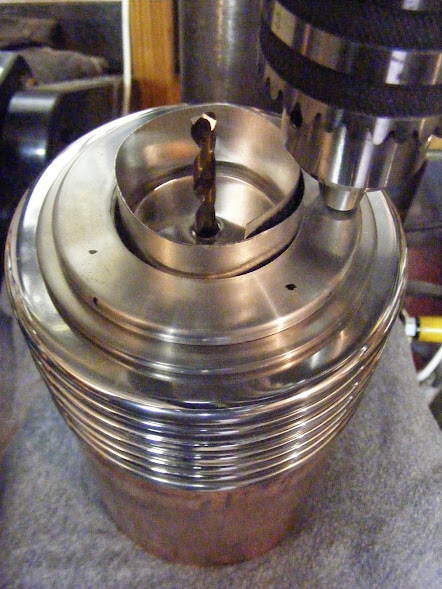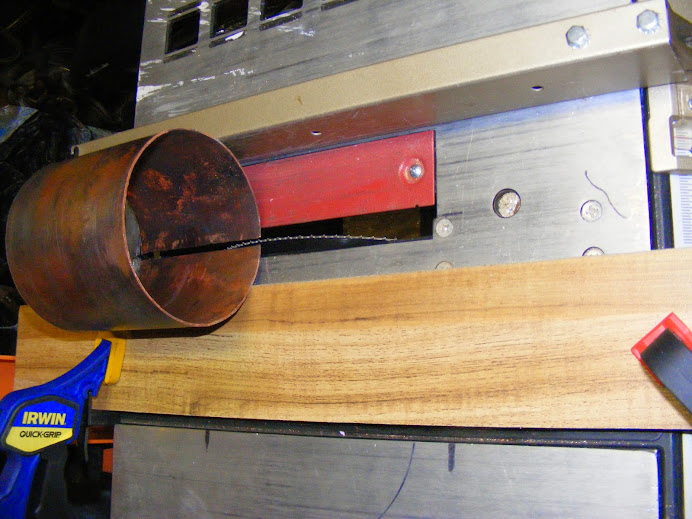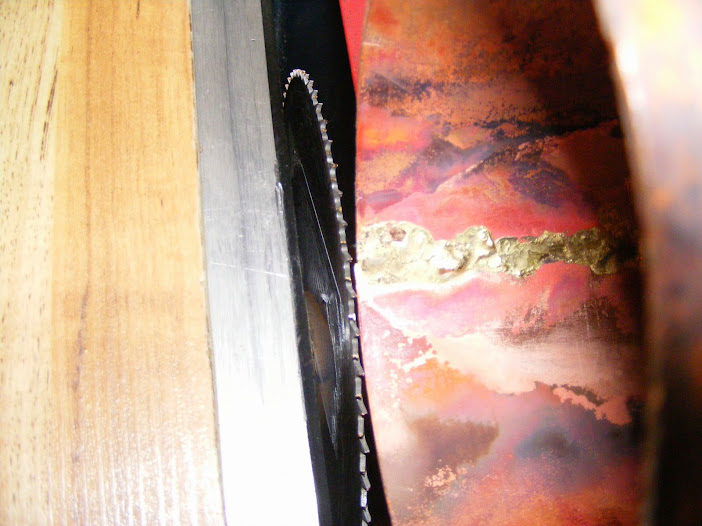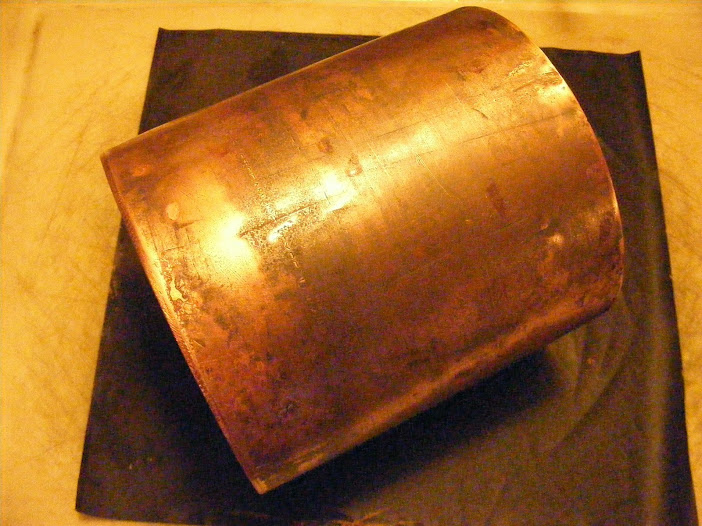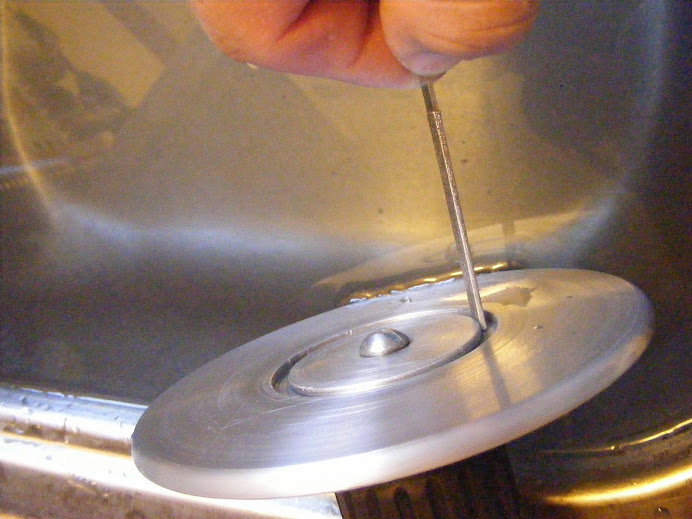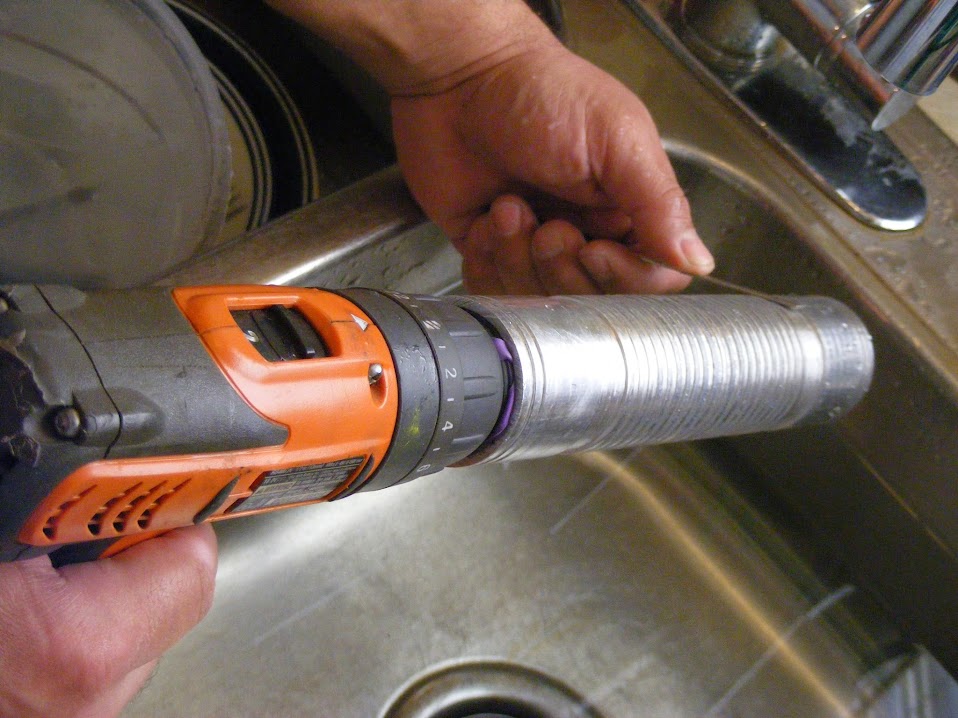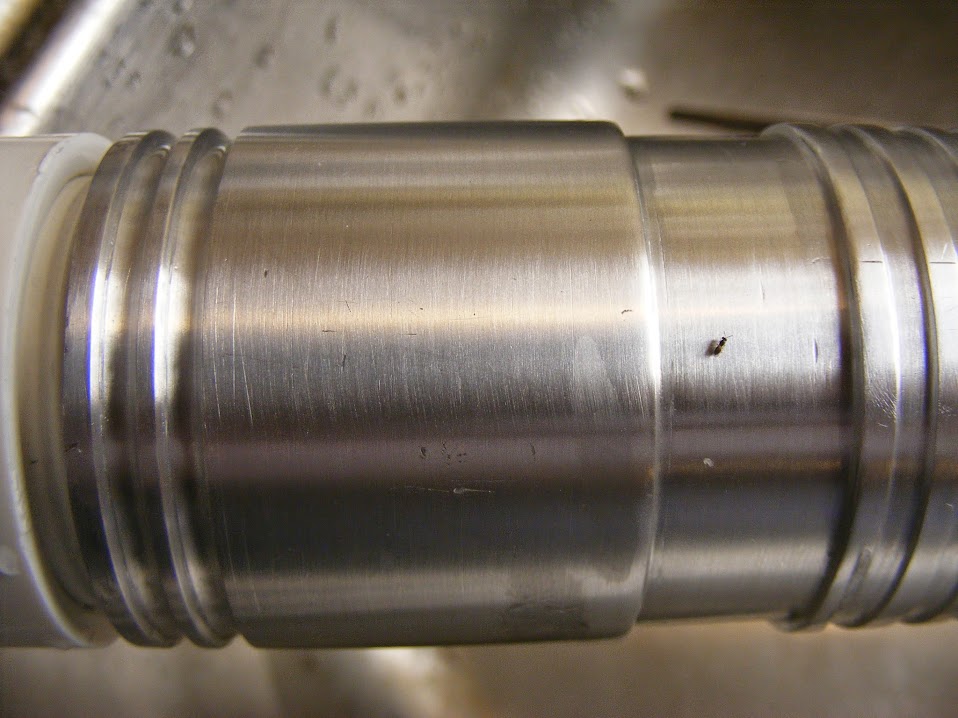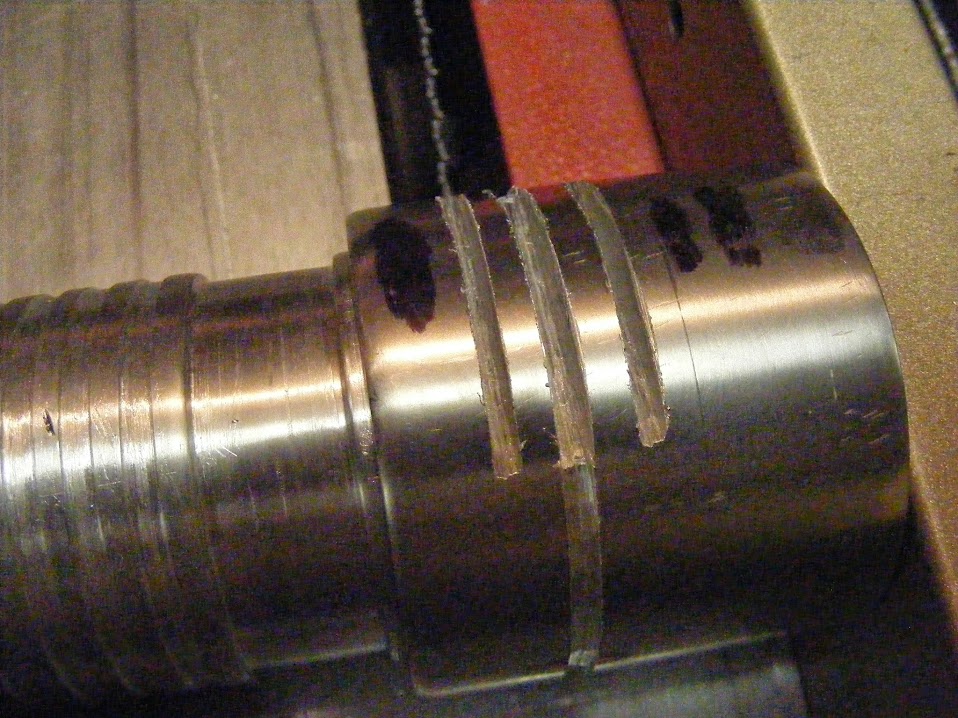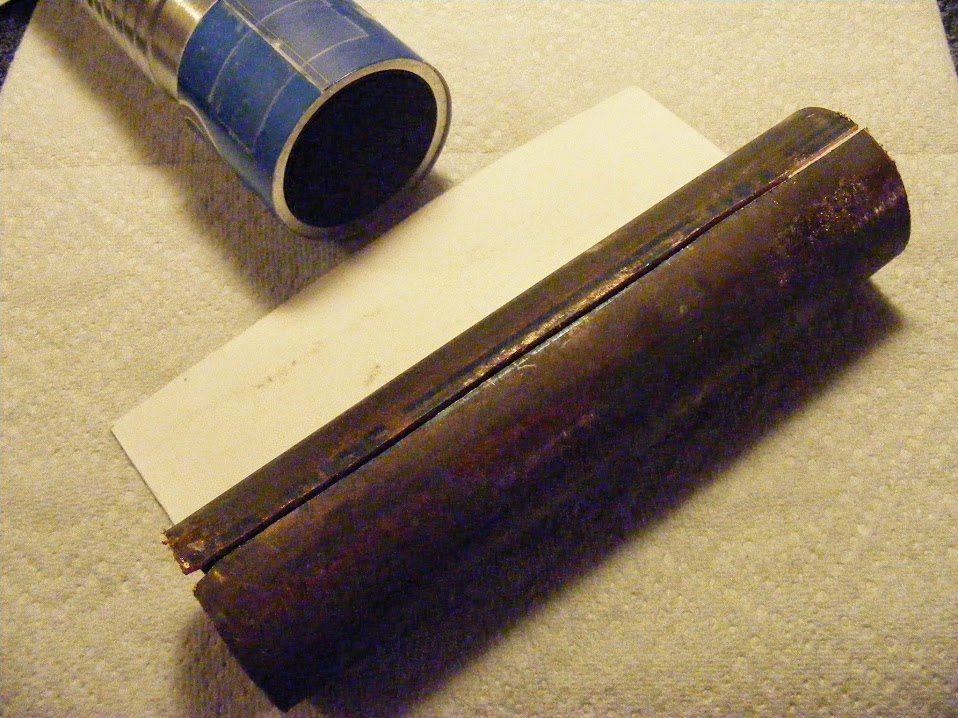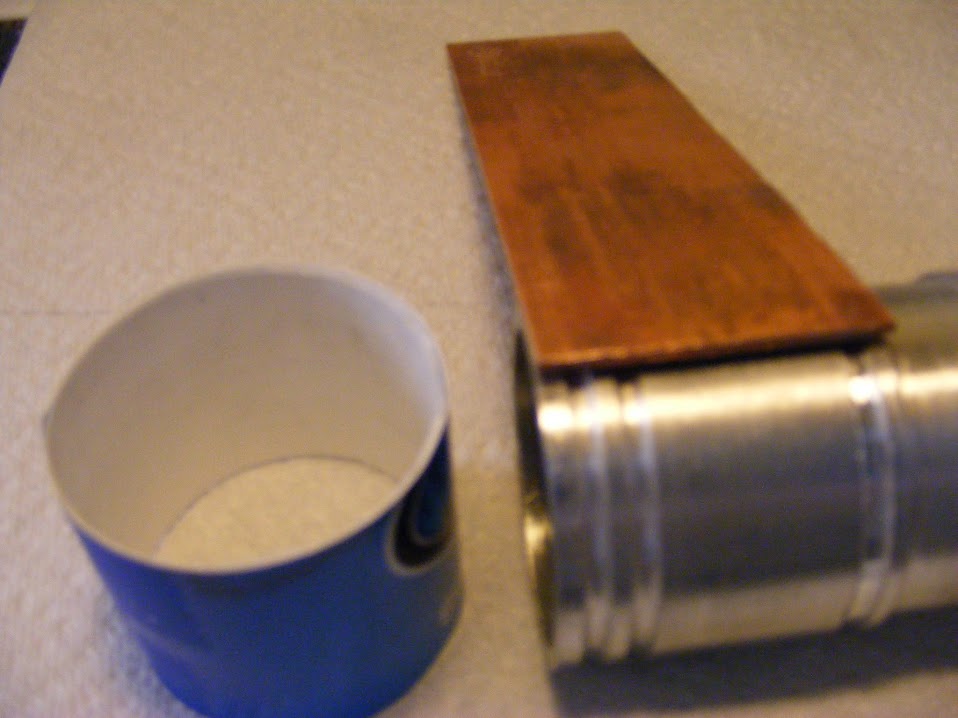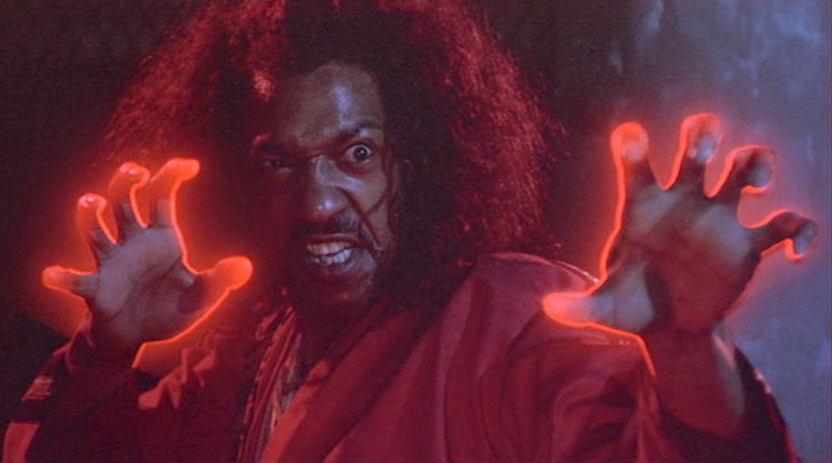UPDATE: I regret to report that I will not be able to deliver a completed build. I have no excuses. I can say that I did give it my all (given constraints fom non-hobby responsibilities). I think my biggest lesson was that it is generally best to stick to an initial plan. I burnt a lot of time thinking up new ideas and adjusting the initial plan to accommodate them.
I would like to express my gratitude and thanks to Old-Lumens for creating this contest last year. I have learned much from participating and have picked up some new skills along the way.
I would also like to thank the other participants and BLF members that gave me valuable advice and words of encouragement. The true spirit of BLF shone bright during this contest. This place is quite unique and special. Thanks SB for creating this forum and for setting a great tone from the top.
I also would like to thank Illumination Machines for providing me a sample of their CST90 reflector. I regret not making the contest deadline. I will get the light working and report on the reflector's performance soon.
Finally, I would also like to thank the sponsors that have donated prizes for the winners. Your
generously created a more exciting contest.
Best wishes to the remaining participants!
___________________________________________________________________
"I feel the need, deep in my soul, to rage. I want to rage against the darkness and the night with all my might." - MPD, at some future date
Hi, my name is MPD, short for Multiple Personality Disorder. Besides being big for throw and endurance, I'm meant to be modular for easy future upgrades/mods. Some features I will have if finished by the contest deadline are as follows:
- A central emitter for throw.
- Multiple emitters to the left and right of the central emitter for floody throw
- Mulitple high current drivers using momentary switches for the emitters to separately control the emitters for various levels of throw and flood.
- The emitters and drivers will all be on one large copper plate with only one positive power wire and momentary switch wiring to disconnect for removal. Oh, and 4 mounting screws.
Some of the features I will eventually have, but probably not in time for the contest deadline are as follows:
- Shorty battery tube
- SRK type high CRI tailcap light(no one will sneak up behind my handler)
- Asperic head attachment
- Lantern attachment
- Two dedomed XP-L's mounted in a "V" or Teepee formation to get maximum intensity to the reflector surface and to create a relatively compact intense, high lumen output central light source. Don't know it will work, but I will be attempting it soon.
So I'll eventually be a thrower, a floody thrower, a flooder, and a lantern.
___________________________________________________________________
This light is not meant for comfort, although I really like the battery tube diameter. I find it quite easy to hold and grippy due to the ribs. It will probably be front heavy without the "SRK" tailcap light, but I don't mind that. The primary goal I have for this light is to maximize the following
- Heat sinking
- Throw
- Run time
- Versatility in an outdoor environment
Here is a sketch to get an I idea of what I'm shooting for. The tube may be longer depending on driver choice. The reflector portion of the head will be longer. Still debating about having a handle. Also thinking about a different tail configuration. I like the size of the tube, but my wife would probably want a handle. The head will be about 5.25 inches (133mm) in diameter. This will help with heat sinking to handle a hard driven emitter.
The upper head will be built from copper. The cooling fins for the lower portion of the head will be made out of 6061 aluminum disks with a copper round bar through the center to transport the heat from the emitter to the individual disks. The primary battery tube will hold as many as 12 18650's, but the light can run on just 2 cells with a spacer, if needed. Will have a side switch.

Some parts are laid out in about the length that the light will likely end up being The ABS coupling is there to get a sense of the size that the head. To give a sense of proportion, the smallest cooling fins are bigger in diameter than the bezel of the T90 in the picture.
The biggest challenge will be the head. A 5.25" diameter aluminum tube is very expensive. I will fabricate that part of the head. Another challenge will be the large size of everything on the light. It will make many of the tasks such as polishing more labor intensive and awkward. There are some other challenges that will even be worse if I have the time to include a couple surprises I would like.
Thread Organization:
- OP - General info
- Posts:


